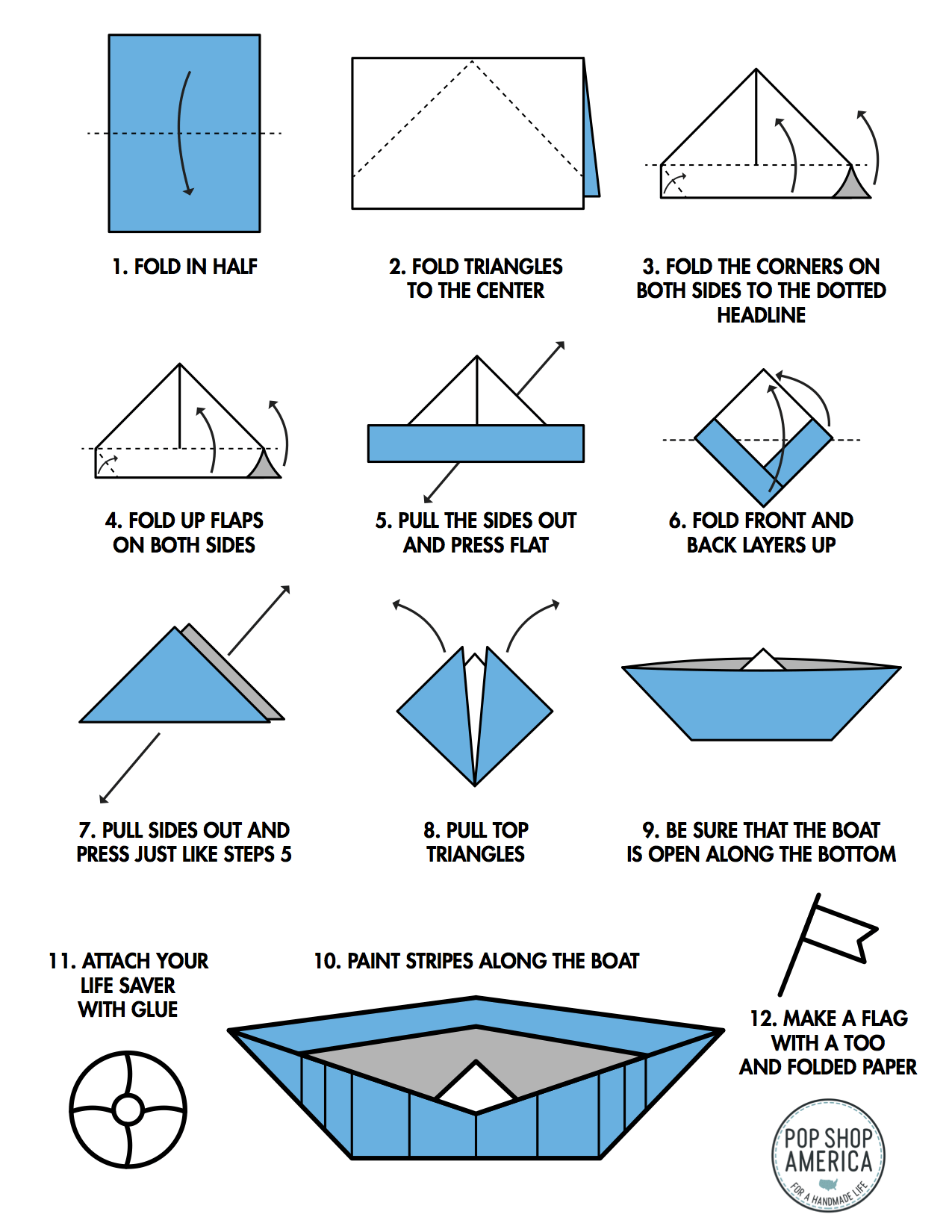Unlocking the Secrets of Superior Rowing Boat Plans: Beyond the Blueprint
Building your own rowing boat is a rewarding challenge, blending craftsmanship, engineering, and a deep connection with the water. But choosing the right plans can be daunting. This article goes beyond typical reviews, exploring often-overlooked aspects to help you select â€" and even improve upon â€" plans that perfectly match your skill level and ambitions.
Beyond the Hull: The Unsung Heroes of Rowing Boat Design
Most boat plans focus on the hull. But what about the often-ignored elements that significantly impact performance and enjoyment?
Q: How much do oarlock placement and rigging truly affect rowing efficiency?
A: This is crucial and rarely discussed in detail. Slight changes in oarlock placement can dramatically alter leverage and power transfer. Consider the rower's biomechanics. Are the plans optimized for your height and rowing style? Look for plans that offer flexibility in oarlock placement or provide detailed guidance on optimizing it for different physiques. Innovative approaches involve using dynamic modeling software (available through universities with naval architecture programs) to test various placements virtually before building. This allows for a personalized fit and avoids costly rebuilds later.
Q: What about the often-overlooked impact of material selection on rowing feel and boat lifespan?
A: The type of wood (or composite material) significantly affects the boat's weight, stiffness, and responsiveness. Cedar, for example, is known for its lightweight nature, while oak offers superior durability. However, the 'feel' of rowing a cedar boat versus an oak boat is distinctly different. Consider referencing material property databases available from forestry research organizations to make an informed choice. Thinking outside the box might involve using sustainable and readily available local timber, optimizing the design for its specific properties.
Beginner-Friendly vs. Expert-Level: Tailoring Plans to Your Skillset
Choosing between beginner and expert plans isn't just about complexity; it's about understanding your capabilities and setting realistic goals.
Story: The "Overambitious Oak" Tale
A seasoned woodworker, John, decided to build a complex clinker-built boat based on advanced plans. While his woodworking skills were excellent, his boatbuilding experience was lacking. The project became overly complex, leading to frustration and a near-abandonment. He eventually completed it, but learned a valuable lesson: starting with a simpler design, even if less "impressive," would have yielded a more satisfying outcome.
Beginners should prioritize simpler designs like stitch-and-glue or strip-built boats. Expert-level plans might involve more challenging techniques like steam bending or complex joinery. Look beyond the visual appeal; assess the difficulty of each step and match it to your expertise.
Beyond the Plans: Innovation and Customization
Don't be afraid to adapt existing plans to your specific needs and preferences.
Resources and Further Exploration
To delve deeper, explore online forums dedicated to boatbuilding, consult with experienced boatbuilders, and seek out educational resources from maritime museums or universities offering boat design programs. Remember, building a rowing boat is a journey of learning and refinement. Embrace the process, and enjoy the ride!






